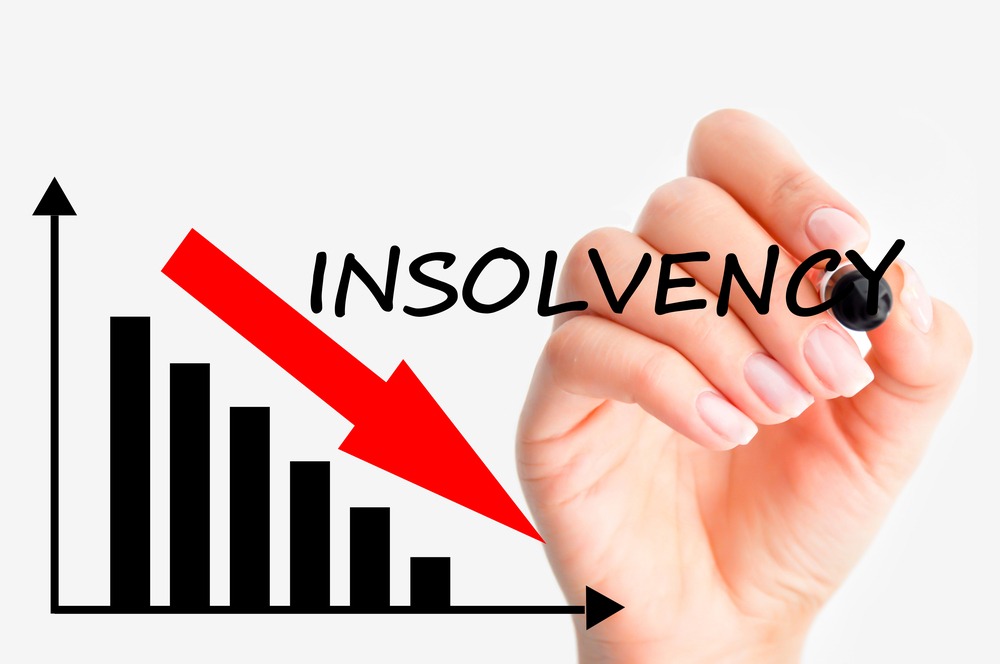Sections 588FA (1), 588FC and 588FE of the Corporations Act together prescribe the elements necessary for a liquidator to establish in order to be successful in a preference recovery action. It is useful to set out those provisions in full.
Section 588FA (1)
588FA(1) [What is unfair preference] A transaction is an unfair preference given by a company to a creditor of the company if, and only if:-
(a) the company and the creditor are parties to the transaction (even if someone else is also a party); and
(b) the transaction results in the creditor receiving from the company, in respect of an unsecured debt that the company owes to the creditor, more than the creditor would receive from the company in respect of the debt if the transaction were set aside and the creditor were to prove for the debt in a winding up of the company;
even if the transaction is entered into, is given effect to, or is required to be given effect to, because of an order of an Australian court or a direction by an agency.
Section 588FC Insolvent Transactions
A transaction of a company is an insolvent transaction of the company if, and only if, it is an unfair preference given by the company, or an uncommercial transaction of the company, and:-
(a) any of the following happens at a time when the company is insolvent:-
(i) the transaction is entered into; or
(ii) an act is done, or an omission is made, for the purpose of giving effect to the transaction; or
(b) the company becomes insolvent because of, or because of matters including:-
(i) entering into the transaction; or
(ii) a person doing an act, or making an omission, for the purpose of giving effect to the transaction.
Section 588FE Voidable Transactions
588FE(1) [Effect of section] Where a company is being wound up, a transaction of the company that was entered into on or after 23 June 1993 may be voidable because of any one or more of the following subsections.
588FE(2) [Insolvent transaction]
The transaction is voidable if:-
(a) it is an insolvent transaction of the company; and
(b) it was entered into, or an act was done for the purpose of giving effect to it:-
(i) during the 6 months ending on the relation-back day; or
(ii) after that day but on or before the day when the winding up began.
In summary, the above provisions can be reduced to the following:-
(a) The transaction being attacked must be a transaction of the company;
(b) The company and the Creditor are parties to the transaction;
(c) The transaction confers a preference with respect to an unsecured debt of the company to the creditor;
(d) The Company was insolvent at the time the transaction was entered into, or the company becomes insolvent because of the company entering into the transaction; and
(e) The transaction was entered into during the relevant period prior to the winding up of the company.
Our lawyers are well versed in bankruptcy and insolvency law and the extensive experience and highly specialised knowledge of our insolvency solicitors provides our clients with a tactical advantage. Our insolvency practice has wide ranging knowledge and proficiency in this area, and offers unparalleled experience and unique vision for creative solutions. To learn more about how we can help you, contact our insolvency lawyers today!

